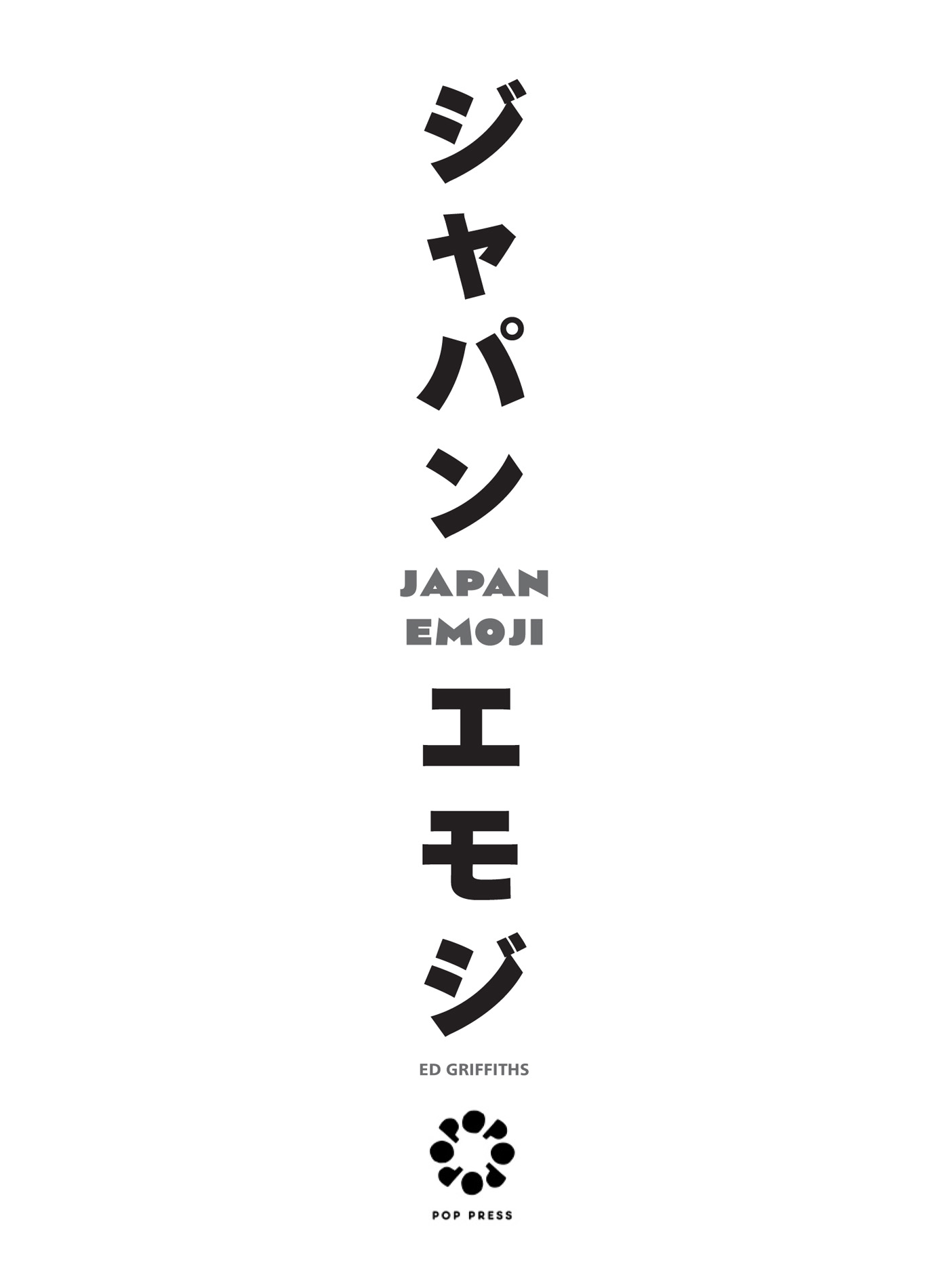
To
my godson
JACK
&
his sister
ELSIE
Introduction
Welcome to Japanemoji! This book aims to unlock the Japanese power lurking inside all of our smartphones. Emoji have changed the way many of us communicate and, for better or worse, they are now a part of written culture. Beyond their communicative value, emoji have a social dimension too, which reveals that they are Japanese at heart.
The word emoji is Japanese in origin and when written in Japanese script, it comprises three characters:
(e) meaning picture and
(moji) meaning character.
If youve ever found yourself scrolling through the emoji repertoire and felt baffled by  or
or  , the answer lies in Japan.
, the answer lies in Japan.
Contained in our phones are many of the building blocks of the culture of Japan a country beloved and baffling to outsiders in equal measure. This book uses 100 emoji to introduce the reader to Japanese culture from daily encounters to national occasions.
This is the book I wish Id read when I first lived in Japan, although I wouldnt have missed out on the joy (and occasional embarrassment) of discovering for myself what is contained within its pages. For me, there is more to be gained in trying to piece together an understanding of another society from everyday acts, than there is in ticking off the big-ticket locations in a guidebook.
I hope that reading about the emoji in this book may help you to understand something about which you are curious, to be more adventurous, try new things and wherever you find yourself in the world to live a little more Japanese.
The land of the rising sun
Nihon
The Japanese name for Japan is Nihon, written in kanji (see ) as , meaning day and , which has a variety of common meanings but, in this case, represents origin origin of the day: the land of the rising sun. This name has been employed for Japan since the 7th century CE and, although its precise origins are disputed, the basic meaning undoubtedly hails from a Chinese viewpoint. When the Chinese looked east towards Japan, they would see the dawning sun. The kanji can also be read Nippon, which is a pronunciation now used in some more formal contexts, such as the names of some companies. Nihon is the country of Japan, nihon-jin () are Japanese people, and nihon-go () is the Japanese language.

Map of Japan
Nihon chizu
Japan is the only country with the honour of its own map emoji. The country itself consists of many thousands of islands, with four principal large islands. Furthest north is the island of Hokkaid, with its capital Sapporo. Beneath Hokkaid lies Honsh, by far the largest of the islands, on which Tokyo, Kyto, saka, Hiroshima and many other principal cities are found. Shikoku is the smaller island below western Honsh, separated from it by the Inland (Seto) Sea. The far southwestern island is Kysh, with Fukuoka its largest city. Technically part of Kysh are the Ryky Islands, of which the many islands of Okinawa (not pictured on the emoji) form part, extending almost as far as Taiwan.
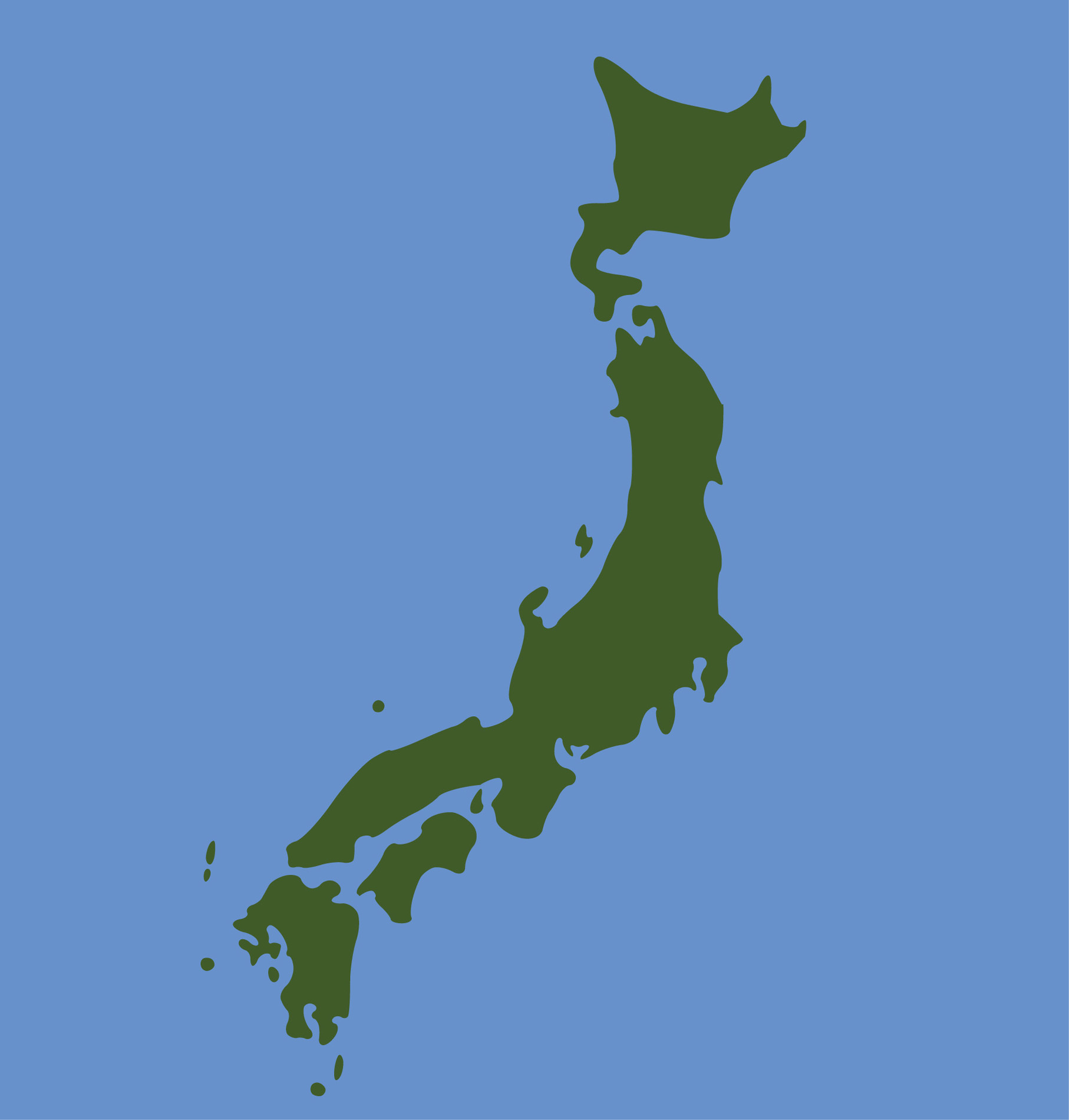

Rain
ame

Japan has a pronounced rainy season that normally runs from the start of June to the middle of July. The season is known as tsuyu, written in Japanese as , or plum rain, as the season roughly coincides with that of the Japanese plum or ume.
The beginning and end of the season is officially declared by region and announced on the news or weather forecast. It is generally considered apart from a reduction in crowds and being the season for beautiful hydrangeas to be a poor time to visit Japan, as the unpredictable rain is compounded by an increase in humidity. Umbrellas crowd the streets; the sea of umbrellas famously make Shibuyas Scramble crossing a sight to behold in the rain.
Exceptional torrential rain in the 2018 season brought tragedy and extensive flooding to parts of western Japan.
Umbrella
kasa

By far the most common Japanese umbrella is the clear plastic convenience-store version, grabbed hurriedly in a rainy season storm (see ). As it is considered impolite to bring a dripping umbrella into a store, theres always somewhere provided outside to leave them. Large stores often have a bagging machine, branded Kasapon, in the entrance way. Put your umbrella into the top and pull towards you to find it emerges neatly bagged up.
The traditional Japanese umbrella, or wagasa (), is made of oiled Japanese paper with many bamboo ribs where the Western equivalent has metal spokes. The straight lines of the shade when it is open provide the classic silhouette of the Japanese umbrella, compared to the dome of the convenience-store equivalent. Unoiled versions are used to shelter from the sun. Another famed type of umbrella with a bullseye pattern of concentric circles on the shade is known as the janomegasa (), literally serpents eye umbrella.
Cherry blossom
sakura
Although blossom can be seen in Okinawa as early as January, the main season sweeps up the country from late March in Kysh to late April/early May in Hokkaid. Full bloom in Tokyo, Kyto and saka is typically in early April; however, part of the magic of the season lies in its unpredictability. The season is subject to forecasts on television and in newspapers, much like the weather.
Sakura is most often celebrated at hanami ( literally flower watching) parties and picnics across the countrys parks, with prime spots getting severely overcrowded, and some spots known for more raucous celebrations. You can pick up a picnic mat (known in Japan as a leisure sheet) at a 100-yen shop, and many sakura-watching spots serve themed drinks and sweets. Retailers go into overdrive around this time, with sakura lattes, sparkling wine, cakes and plenty more on offer. Where sakura indicates a taste, its often a slightly floral cherry flavour or, more traditionally, the salt-pickled buds or leaves of the tree, which are wrapped around sweet and sticky sakura mochi.
The plum blossom season is also celebrated in Tokyo between February and March at plum festivals (, ume matsuri), which herald the changing season with a quieter but no less lovely, feel.
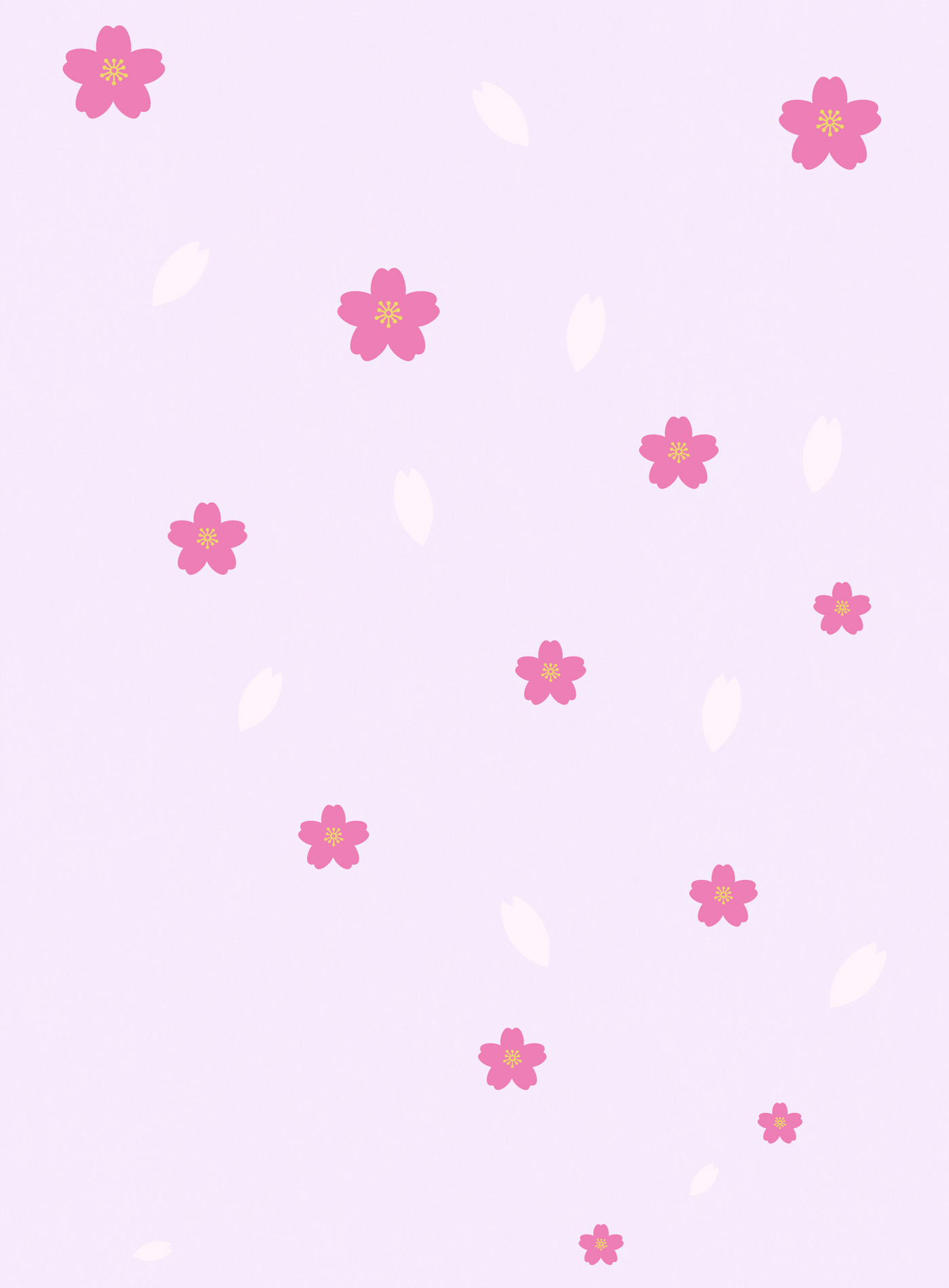
Sweat
ase

A historical lack of central heating in Japan means that air-conditioning units that both cool and warm are standard in most Japanese homes (turning on the air con in winter means turning on the heating), except in northern Japan, and provide considerable relief from the summer heat.
Next page
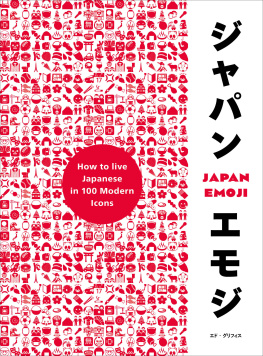
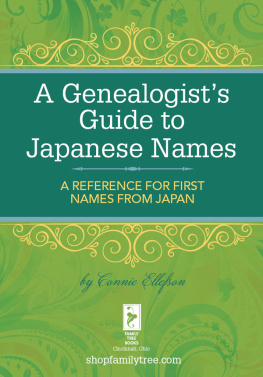
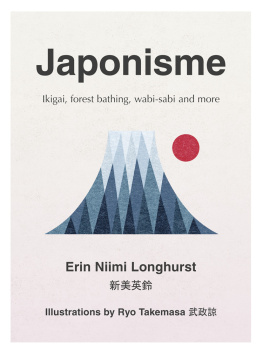
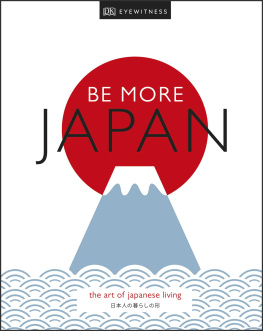


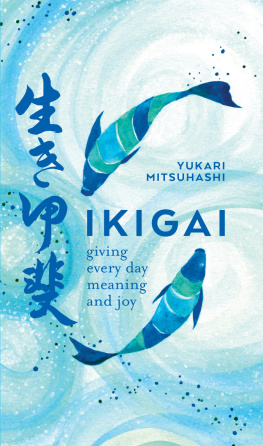


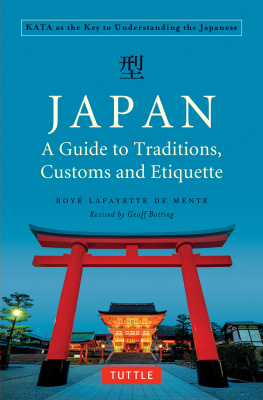

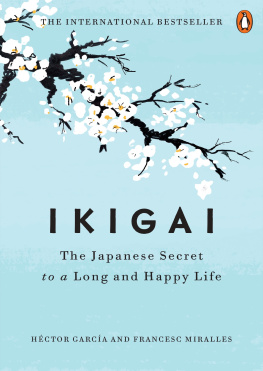

 or
or  , the answer lies in Japan.
, the answer lies in Japan.





